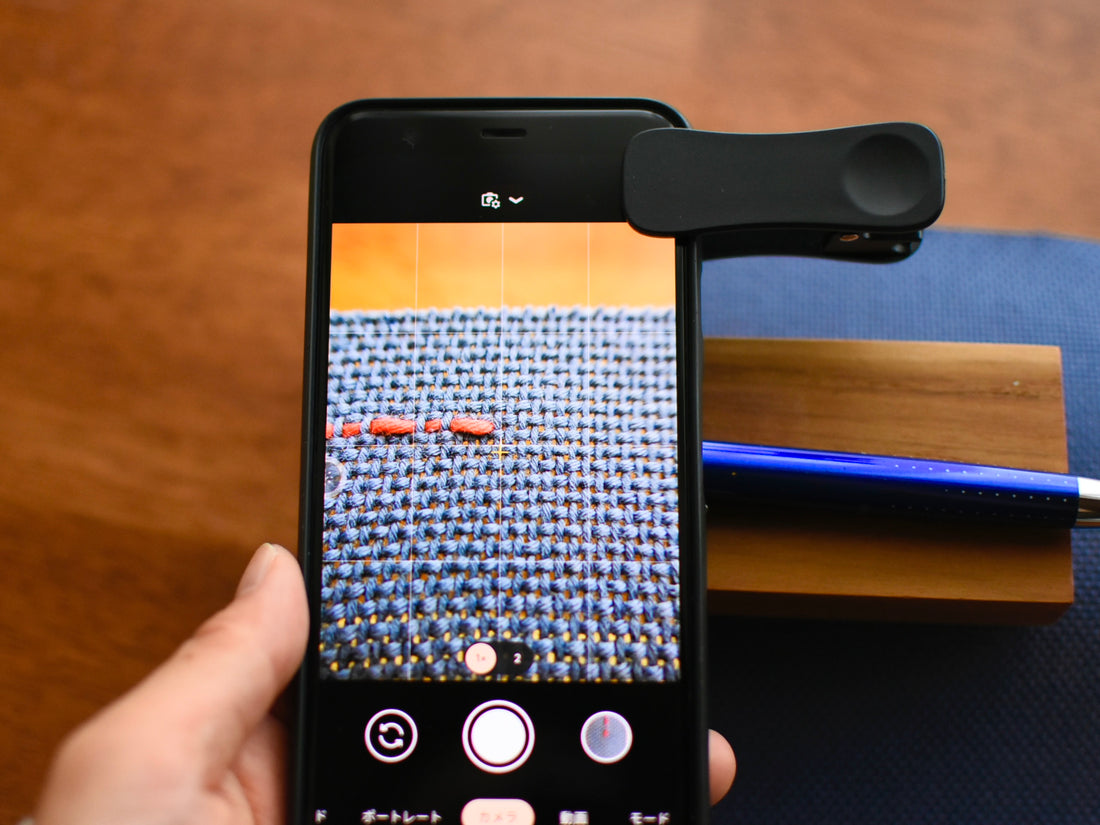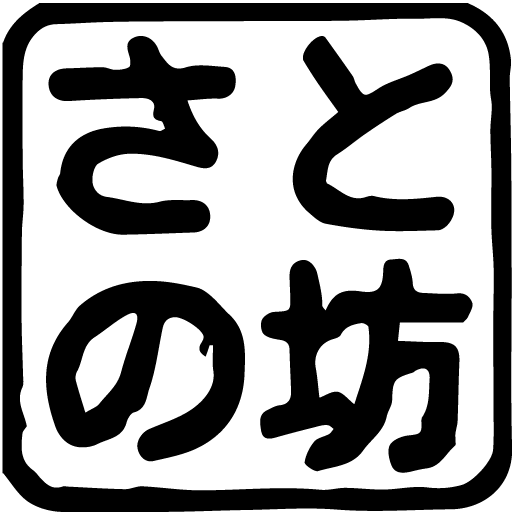
10 things to know about cloth and thread (coarseness)
◆10 things to know about cloth and thread (coarseness)
In the previous article, Understanding Cloth and Thread 9 , we took a step closer to cloth than in Understanding Cloth and Thread 8 . From this time onwards, I explained that I would approach each fabric, but when I actually investigated the stitching comfort of Hemp 252 and Fancy Hesshan and their compatibility with thread while doing Kogin-stitching, I found that Fancy Hesshan, which has a coarse texture, It was more difficult than I expected to make the Nicogin sashimi. I wondered why, and when I looked at the cloth with a macro lens that I got right away, I found myself wondering about the roughness of the cloth. So I decided to take a closer look at the fabric again.
 (To prevent blurring and to shoot at the same distance for all cloths, I fixed them using building blocks.)
(To prevent blurring and to shoot at the same distance for all cloths, I fixed them using building blocks.)
◆Coarse texture = larger holes in the fabric I vaguely thought that coarse fabric = larger pattern = larger holes in fabric = thicker thread , but this time I realized that I was wrong. I finally realized this through research. Although my initial idea was rather shallow (lol), I think it will be important information for those who want to enjoy Koginzashi from now on, so I would like to carefully review it.
⚪︎Coarse cloth = larger Kogin pattern per same area : Probably correct
⚪︎Coarse cloth ≠ Large holes in the cloth : Depends on the thickness of the weaving thread of the cloth *If the weaving thread is thick, the holes in the cloth will be small, and if the weaving thread is thin, the holes will be large.
⚪︎Coarse cloth ≠ Thick thread matches : Depends on the thickness of the thread of the cloth *From the above explanation, the size of the hole in the cloth is due to the thickness of the thread, so it has nothing to do with the coarseness of the thread.
If you look at the photo below, I think you'll understand. B. Fancy Hessian is a cloth with a coarser weave than A. Linen 252. However, as shown in the photo, because the thread is thicker, the size of the hole in the fabric (the part where the thread passes through) is smaller than A. Hemp 252 depending on the location.

There are many other reasons that affect the feel of stitching, such as the fibers when looking at the surface of the fabric and the characteristics of the thread, but this was an interesting discovery. The photo below was taken with the fabrics placed next to each other (top and bottom), so I think it gives a more convincing impression.

◆Characteristics of weaving threads vary depending on the fabric In this research, we have focused on the thickness of the threads of the fabric and the weight of the fabric as a whole , and it seems that this investigation will be useful. By doing Kogin-zashi, I realized once again that cloth is a collection of characteristics of woven threads.
I've only done Kogin embroidery on two pieces of cloth so far, but I think I'll make a lot of interesting discoveries, including the compatibility of cloth and thread. I may not be able to get close to each fabric next time, but I would like to move forward slowly, sharing even the smallest interesting discoveries. I will have more production time for the next few months starting next month, so I think there will be more time between blog updates, but I would appreciate it if you could wait patiently. Thank you for your continued support!
◆Notice: From today until July 2nd, the shop in minne (Handmade Marketplace) will be open. Please take advantage of it.

(In this way, we are investigating the stitching comfort and appearance of cloth and thread.)
◆Regarding the survey content
This information is for those who enjoy Koginzashi on their own, and was researched by Satonobo using materials he kept at home. Please note that depending on the storage environment, there may be a discrepancy in the count or weight of the fabric you have. Also, unauthorized use of photos is prohibited. I hope you have a fun kogin time.
Satonobou
